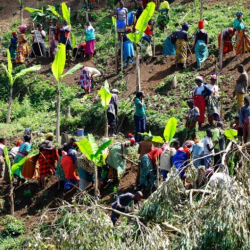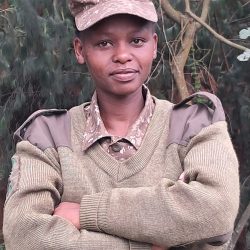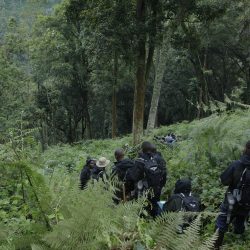New Count of Mountain Gorillas in Bwindi– Sarambwe to Start Soon!
Blog | 20/06/24
Every 5 – 10 years since 1971 comprehensive mountain gorilla censuses are conducted to determine the global population estimate of endangered mountain gorillas.
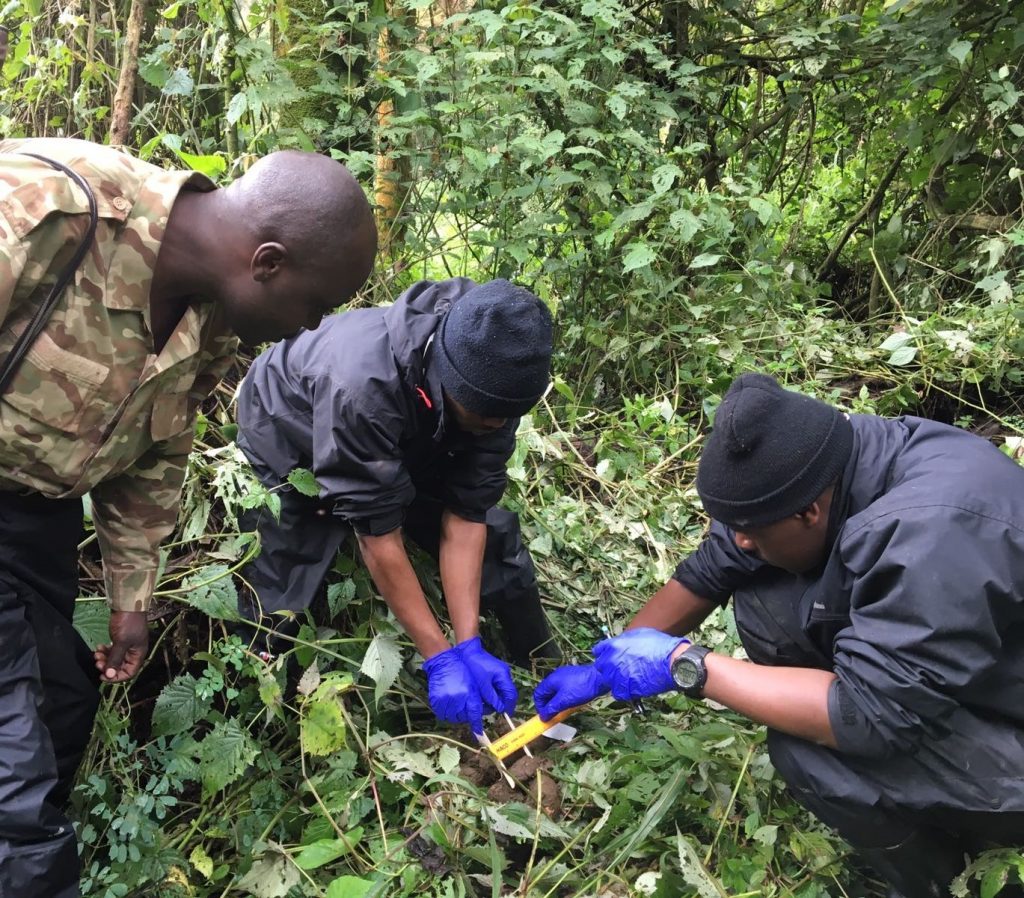
Mountain Gorilla survey also called census is a count of mountain gorillas conducted to determine the minimum number of individual mountain gorillas – habituated and non-habituated in each habitat. Mountain gorilla censuses help conservationists understand the population dynamics, including changes in gorilla groups composition, sizes as well as solitary males in the wild. Additional objectives of the census include collecting data on illegal activities, large mammals and vegetation dynamics in the gorilla habitats.

Bwindi – Sarambwe is one of the two natural habitats on earth where mountain gorillas can still be found, the other habitat being Virunga Massif comprising of Virunga national park, Volcanoes national park and Mgahinga gorilla national park.
The Bwindi-Sarambwe ecosystem encompasses the Bwindi Impenetrable National Park of approximately 331 km2 in Uganda and the Sarambwe Nature Reserve of 9 km2 in the Democratic Republic of Congo. The previous mountain gorilla census in the Bwindi-Sarambwe took place in 2018 resulting in an estimate of 459 individuals in 36 social groups and 16 solitary mountain gorillas. Together with the Virunga census results of 2015, the Bwindi census results of 2018 brought the global total population of mountain gorillas to 1063 individuals! The 2018 survey in Sarambwe Reserve was the inaugural count for the mountain gorilla in the area.
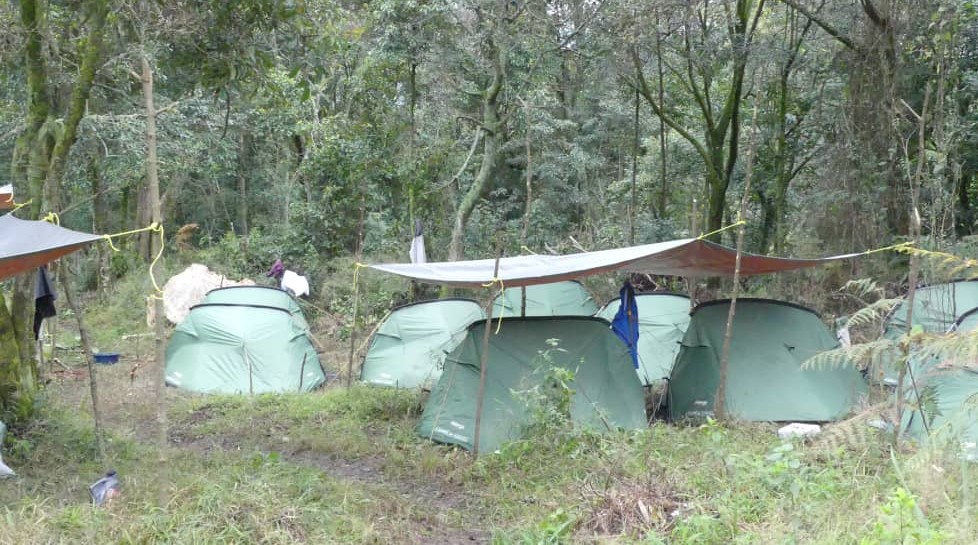
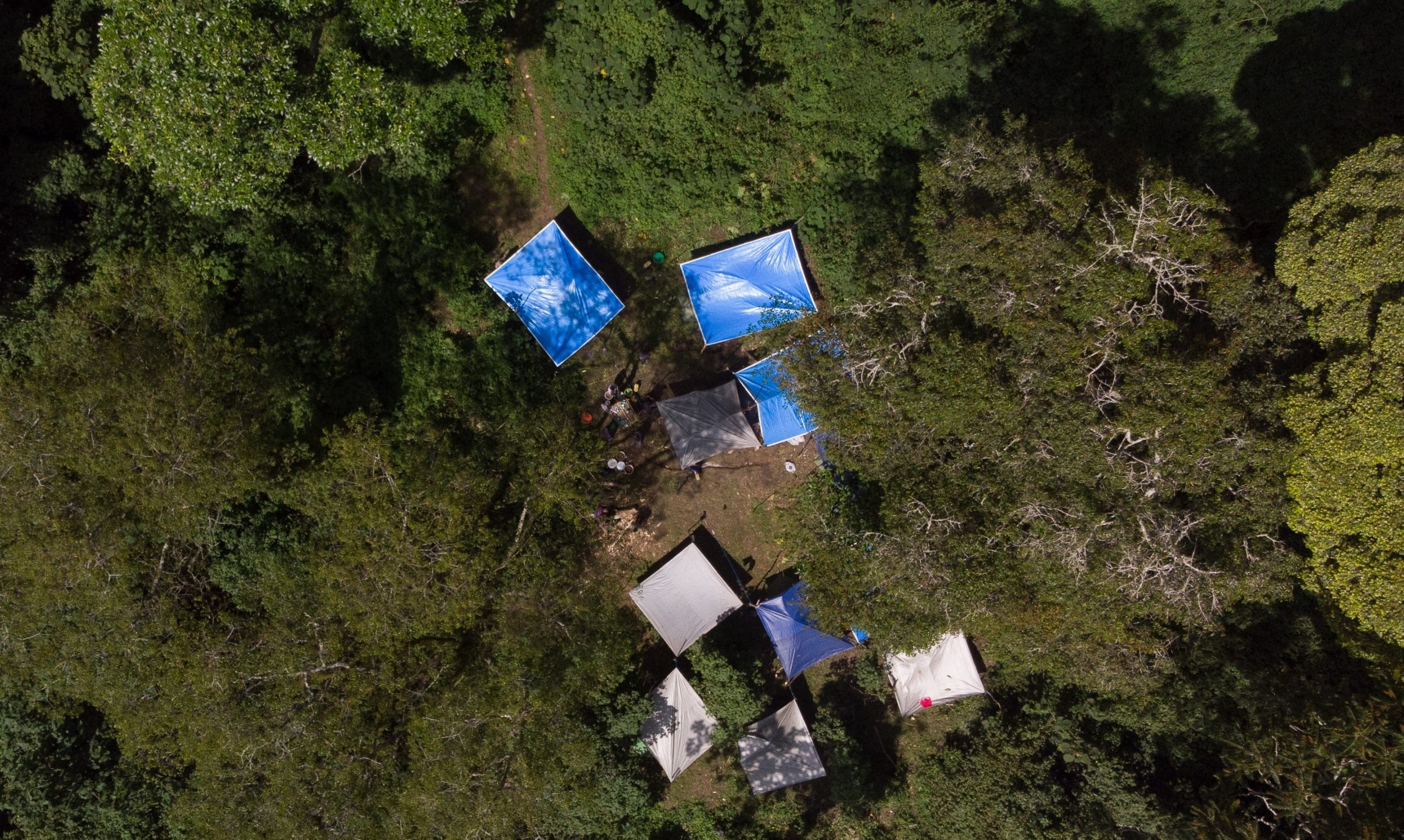
Contrary to what you might expect, counting mountain gorillas doesn’t actually involve counting individual gorillas. Survey teams instead search for signs of mountain gorillas, such as trails and footprints, and use these to locate gorilla nest sites, where they collect faecal samples that are stored and used for genetic and pathogen analyses.
Later this year, with support from various donors the International Gorilla Conservation Programme (IGCP) in collaboration with Uganda Wildlife Authority (UWA) and other conservation partners under the umbrella of the Greater Virunga Transboundary Collaboration (GVTC) will be undertaking a census to determine the population of the endangered mountain gorilla in Bwindi-Sarambwe ecosystem.
“Whereas the Census is still months ahead, a lot of work is already going on including planning, engaging stakeholders and fundraising for the census. The actual census however is planned to start in March 2025” Jean Paul, IGCP Deputy Director.
Over the last three decades, IGCP has led the census process right from planning, mobilizing partners and other resources, leading the implementation as well as data management, analysis, and publication of results. “ It is always an honour for IGCP to spearhead the census process. Working closely with the other partners we look forward to delivering a comprehensive Bwindi census that will contribute to conservation and the status of mountain gorillas ” Wellard Makambo, IGCP Director.
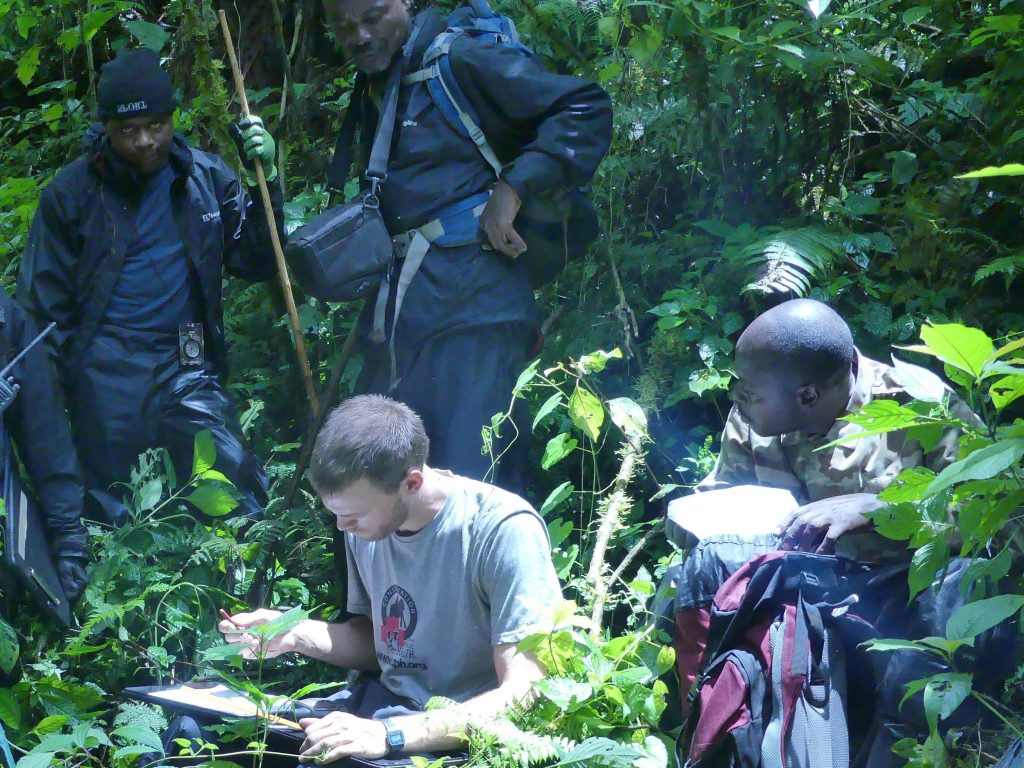
Mountain gorilla censuses cost between $500,000 – $1,000,000. They are an expensive investment and require robust planning, mobilization, fundraising, involvement, and collaboration of all conservation stakeholders. According to Jean Paul, the upcoming Bwindi Census is expected to cost $700,000. “ Because the census is a very expensive investment, we need all the support there is. We appeal to every conservationist and gorilla friendly person out there to join us and support this important cause” Jean Paul appeals.
Census fieldwork is planned to take place in two sweeps. This means that process is conducted twice across the entire habitat. Census teams comb the entire place twice to ensure that there’s enough data to calculate a robust estimate of the gorilla population. This method is called mark recapture method. The survey is conducted twice in the same area within a specified period. Whereas the first time is for establishing the number the second is usually to reconfirm the number registered in the first count and to also capture what was missed or probably new ones. “This method is very good because it gives us a very robust estimate”, says Eustrate Uzabaho, IGCP Field Officer.
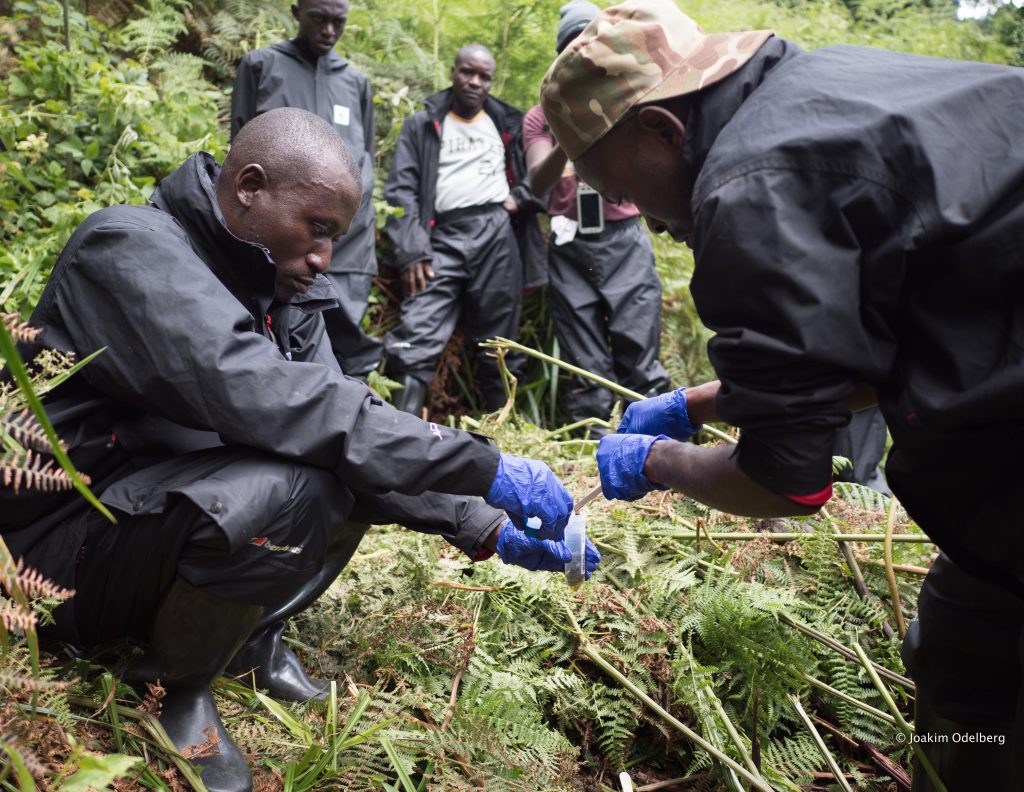
The census field teams comprising of 75 team members from the 10 participating institutions will survey approximately 340 sq-km walking pre-determined compass bearings through the forest of the Bwindi-Sarambwe ecosystem to ensure thorough coverage of all areas while searching for signs of mountain gorillas, other select mammals, and illegal activities in the protected area.
Commenting on the upcoming Census, the IGCP Uganda Country Coordinator said a lot is expected from the upcoming census including establishing the locations and types of illegal activities in the park and their impact on the gorilla population: establishing the location of certain species of large mammals and of course establishing the current gorilla population status”.
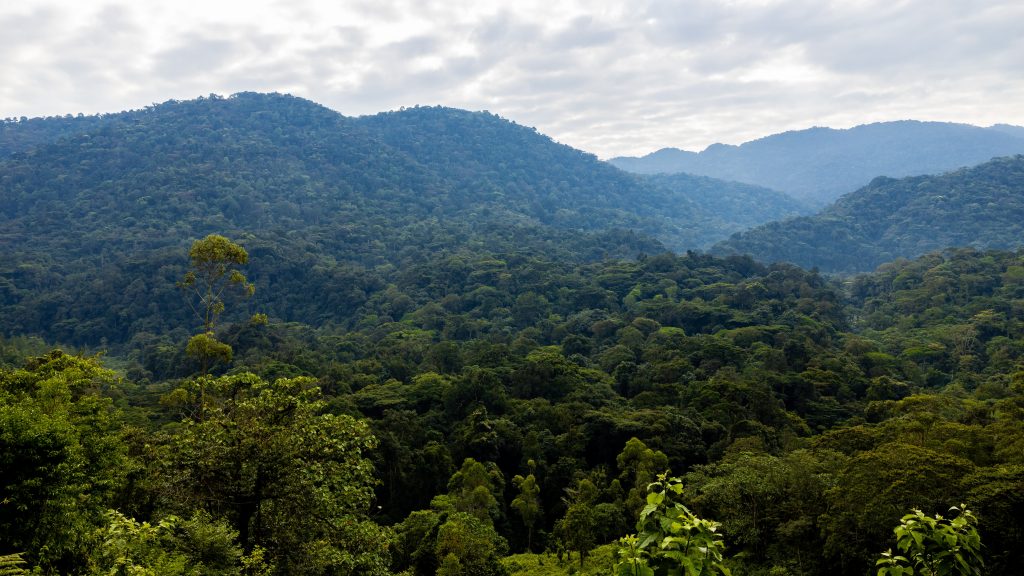
According to Nelson Guma, Chief Park Warden for Bwindi Mgahinga Conservation Area, the upcoming census means a lot for Bwindi and for Uganda at large. “It is an important exercise that measures our success in conserving the endangered mountain gorilla as a flagship species for our protected areas. It will also tell us about the integrity of the protected areas as critical habitats for survival of the endangered mountain gorillas. It is further an opportunity to share our experiences of conducting mountain gorillas census and perfect methodologies that be adopted by other gorilla range states as a standard practice. The results are significant for planning and enhancing strategies for sustainable gorilla conservation”.
The 2024 Bwindi-Sarambwe population survey of mountain gorillas is going to be conducted by the Protected Area Authorities in Uganda and the Democratic Republic of Congo (Uganda Wildlife Authority and l’Institut Congolais pour la Conservation de la Nature) under the transboundary framework of the Greater Virunga Transboundary Collaboration. The census is supported by the International Gorilla Conservation Programme (a coalition of Conservation International, Fauna & Flora and WWF), Institut Congolais pour la Conservation de la Nature (ICCN), Rwanda Development Board (RDB), Uganda Wildlife Authority (UWA), Max Planck Institute for Evolutionary Anthropology (MPI), The Dian Fossey Gorilla Fund (DFGF), Institute of Tropical Forest Conservation (ITFC), Gorilla Doctors/Mountain Gorilla Veterinary Project (MGVP), Conservation Through Public Health (CTPH), Wildlife Conservation Society (WCS), WWF Uganda Country Office, Bwindi Mgahinga Conservation Trust (BMCT), and Primate Expertise (PEx).


